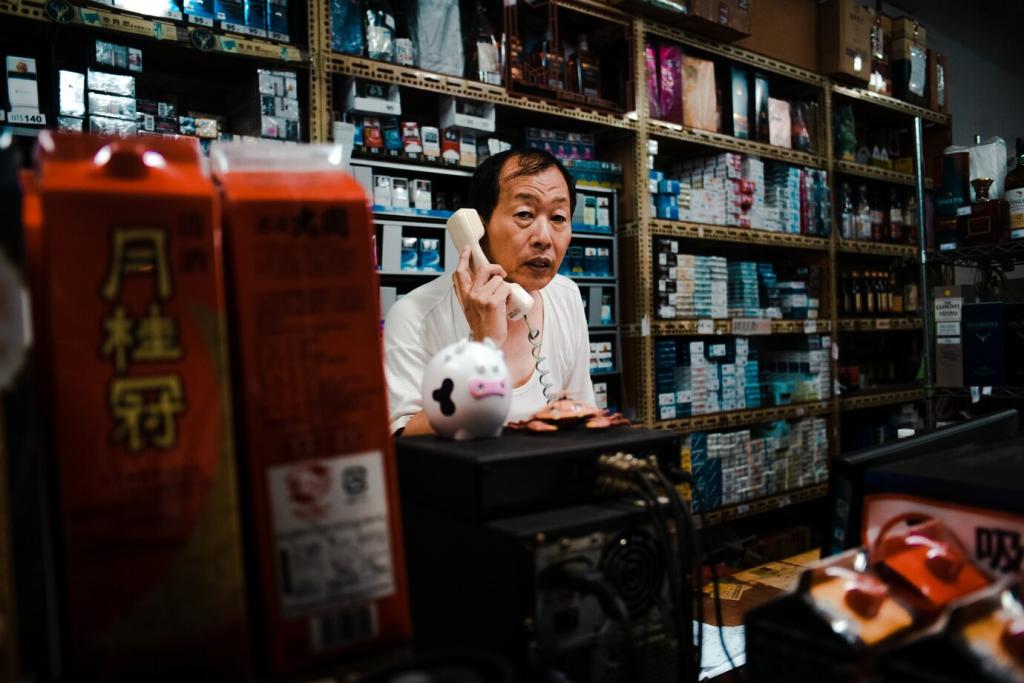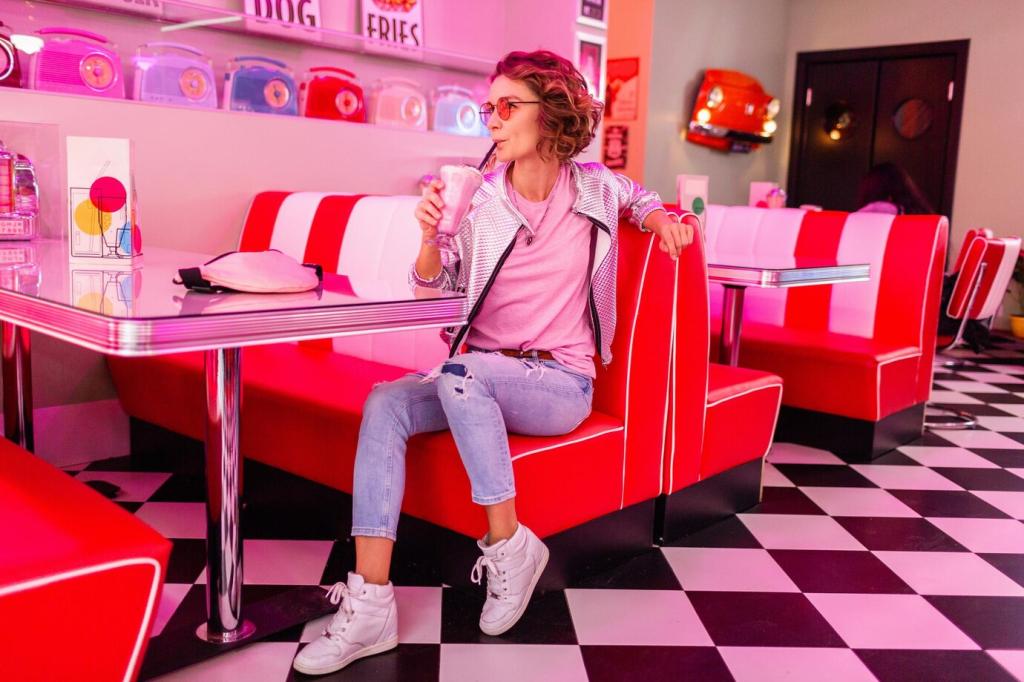Why Pop-Up Vintage Is Booming Now
Pop-up vintage markets turn reuse into a lifestyle, extending garment life while reducing waste. Shoppers feel good about scores that carry history, fit personal values, and dodge fast-fashion sameness. Comment with your favorite sustainable snag and how you styled it.
Why Pop-Up Vintage Is Booming Now
Colorful racks, hand-lettered tags, and sunlit courtyards create irresistible photos that fuel discovery. The thrill of finding a one-of-one piece keeps feeds buzzing and lines forming. Tag us in your market snaps and inspire others to hunt thoughtfully, not impulsively.






